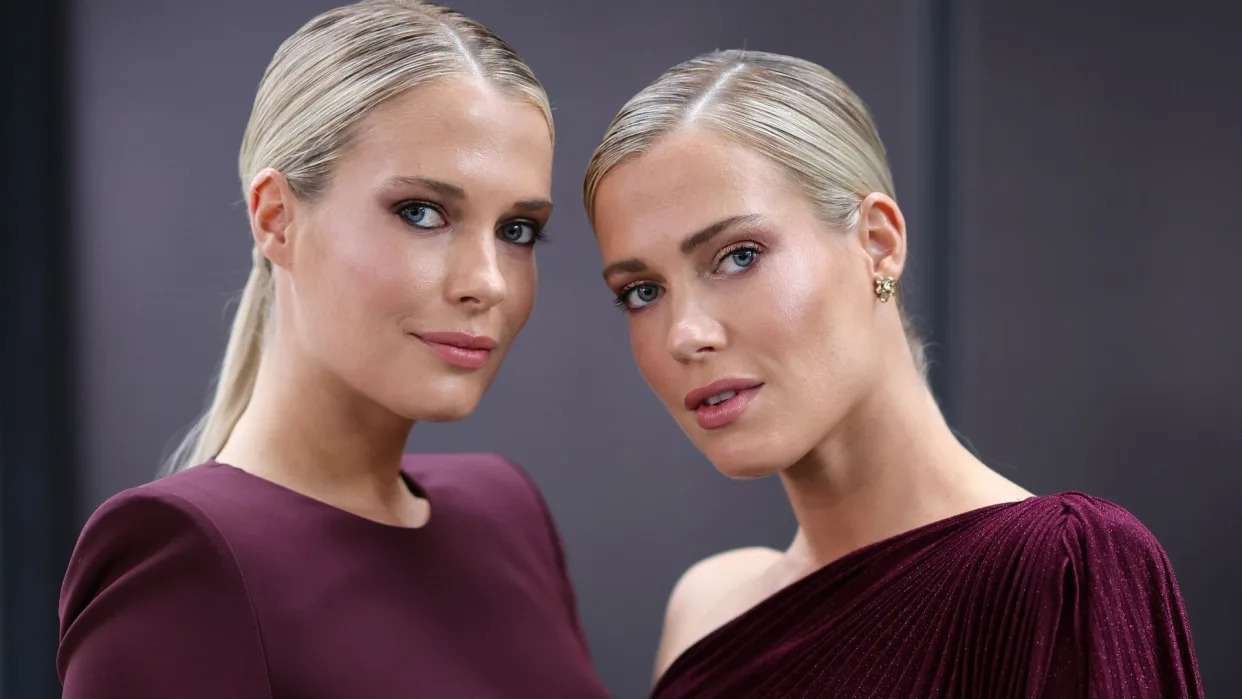Many of us have garden plants that we find particularly appealing, and hydrangeas are among our favorites. They beckon gardeners to come and relax in the cool shade. Several types of hydrangeas can color the garden and are a group of plants that belong in every landscape.
Four main categories of hydrangeas grow in Southern gardens. The first is the big leaf hydrangea (Hydrangea macrophylla). This group is made up of the old “mophead” hydrangeas.

Lacecap hydrangeas are also included in this group. This group is one of the most popular and includes many old pink and blue varieties. Nikko Blue is an improved variety in this group.
The second group is categorized by the botanical name (Hydrangea arborescens). This group includes Annabelle hydrangea, the 1995 Georgia Gold Medal-winning shrub. Two ladies were riding horseback near Anna, Ill.
, when they discovered this hydrangea. Annabelle is a June-July flowering shrub with huge white blooms. It is perfect for shady garden areas, where it really brightens up the landscape.
The third hydrangea group is the oakleaf hydrangea (Hydrangea quercifolia). This includes the oakleaf hydrangeas native to our area. They are known for their coarse oak-like foliage.
They bear white flowers during the summer months and grow well in dryer locations. If oakleaf hydrangeas get morning sun and a little afternoon shade, they will develop nice, burgundy-colored foliage with the arrival of autumn. The Pee Gee hydrangeas (Hydrangea paniculate) make up the fourth main group.
These plants can tolerate partial sun and grow quite large, reaching 8 to 10 feet in height in some cases. In recent years, the old Pee Gee types have been outclassed by some new arrivals. Limelight is a relatively new hydrangea that produces huge flowers with a light green cast.
It flowers in August through September. Near the end of the season, these blooms will assume a distinctive pink cast. Another relative newcomer is Little Lamb.
As the name implies, this hydrangea bears much smaller white flowers. The tight flower heads appear in mid-summer. Another new hydrangea is Pinky Winky.
This variety is very cold and hardy and can tolerate frigid winter temperatures and does well in the sun to partial shade. Pinky Winky bears flowers on strong reddish stems. This hydrangea is unique because the blooms open white and then turn dark pink as they age, creating multi-colored flower stalks that are white at the tip and dark pink at the base.
The colorful effect makes Pinky Winky a real standout in the landscape. The abundance of hydrangea types and varieties is a beautiful asset to gardeners. You can pick the color, the sun tolerance, the moisture requirement, and the bloom time to fit your needs.
Indeed, there is a variety of hydrangeas in every landscape. No wonder there is one right outside my window!.



















